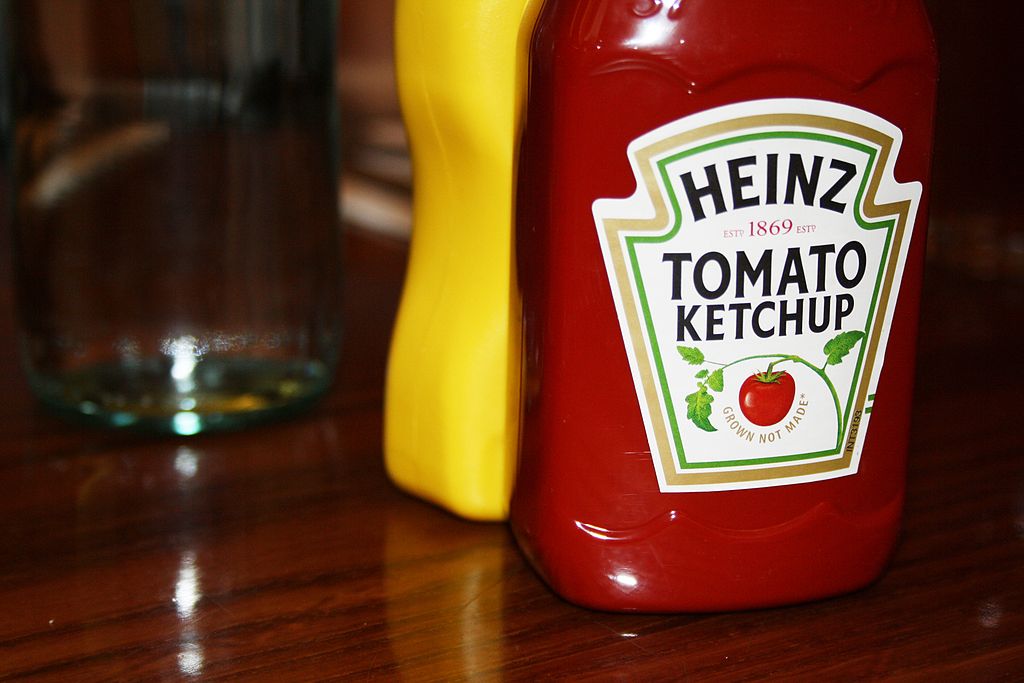
Advertisement
There’s a secret super spice hiding out in your kitchen – coriander. Known for its earthy and lemony flavor and its distinct aroma, the spice is often used in Latin and Indian cuisine to flavor vegetable and meat dishes.
Coriander — also referred to as Chinese parsley — is a member of the Apiaceae family. This makes it a relative of vegetables like carrots and celery. The plant is native to southern Europe, but it’s also found in northern Africa and southwestern Asia.
Early records indicate that this culinary wonder was first used around 5,000 B.C., with ancient Sanskrit writings mentioning the spice. In addition, ancient Egyptian tombs contained coriander seeds, a testament to their wide use. The spice is even mentioned in the Bible, where manna is described as being “like coriander seed” in the Book of Exodus.
What makes coriander so healthy?
Coriander isn’t just a flavorful addition to many of your favorite dishes. The spice is also loaded with nutrients, including vitamins C and K, protein and minerals like calcium, phosphorus, potassium, iron and magnesium.
Because of its nutrient content, it’s no wonder why coriander has been linked to the following health benefits.
Coriander combats oxidative stress caused by free radicals
Coriander is a potent source of antioxidants, according to several studies. This means that coriander can help eliminate free radicals, which can be very detrimental to the body if allowed to accumulate.
Coriander may prevent the development of certain cancers
Coriander is actually considered as a possible tool to help treat cancer. In fact, studies have shown that extracts from coriander root can inhibit DNA damage, prevent cancer cell migration and even promote cell death in cancer cells.
Coriander helps in the management of diabetes
Extracts from coriander stems and leaves have been shown to help lower blood sugar levels in diabetic laboratory rats. Experts say that this effect is largely due to the extracts’ antioxidant properties.
Coriander can lower cholesterol levels
Coriander extract can reduce total cholesterol, LDL cholesterol and triglyceride levels in rats fed a high-cholesterol diet. Similar effects were also seen in diabetic rats with high lipid profiles; coriander supplementation resulted in lower LDL cholesterol and triglycerides.
Coriander helps fight off infections
According to studies, coriander possesses potent anti-fungal and antimicrobial properties. In one study, coriander essential oil proved effective against Candida species, which are responsible for yeast infections. Scientists said this could be due to its ability to break down the cell wall of pathogens such as bacteria, which then prevents them from proliferating.
Coriander improves memory and cognition
A 2011 study found that memory deficits in mice could be reversed by adding coriander leaves to their diet for 45 days. According to researchers, this could be due to the presence of antioxidants, which can help reduce brain inflammation, improve memory and even reduce anxiety symptoms.
Growing your own coriander at home
Before planting your own coriander at home, take note of how you want to breed it, as the plant can be grown either for its leaves or its seeds. For instance, a seed variety will produce seeds quicker than a leaf variety, but once a plant “runs to seed,” it will stop leaf production. This means that you will have a much shorter window if you want coriander leaves for your cooking.
In any case, all varieties of coriander will need approximately the same amount and type of care if they are to thrive in your home garden. Here are some tips for growing your own coriander.
- Sow directly into well-draining and fertile soil. If you think your soil needs fertilization, just add some organic garden compost.
- Rake into the surface of the soil to remove any large lumps or stones.
- Sow the seeds in groups of five, with each seed spaced 20 centimeters apart.
- If planting the seeds in containers, simply scatter five seeds in a large enough container that is at least 25 centimeters deep. This will allow the coriander plants to develop healthy taproots.
- Once the seeds have been sown, wait for them to germinate. This usually takes up to three weeks. Remember to keep the soil moist but not waterlogged.
- Once the seeds have sprouted and developed into young plants, thin them out to ensure that they have enough room to develop healthy leaves.
- Once the plants are established, they do not need as much water per week. Keep them moist, but be careful not to overwater them.
- Established coriander plants normally do not need any fertilizer. If leaves start to show weakness, however, you can simply add compost to the soil.
- Unless you are growing them for their seeds, remove flowers as they develop. This ensures that the plants get to focus their energy on growing new leaves.
- If you want a continuous supply of coriander leaves, sow coriander seeds every three weeks.
How should I harvest coriander?
Coriander can be very delicate when it comes to physical damage. Only harvest the leaves when the plant is big and robust enough to cope with constant snipping and plucking.
If you are planning to harvest the seeds, simply wait until the flowers have died off, after which you can cut them and their stems from the main plant.
To prepare them for harvesting, place the heads of the coriander flowers in a paper bag, with the stems sticking out.
Hang the bag in a cool, dry place for about three weeks, after which you can just shake the bag. The dry seeds will fall out from the flowers and can be easily collected and transferred to containers.
Keep the seeds in a cool, dry place and plant them in your garden the following spring.
More than just being a flavorful herb and spice, coriander is also a nutrient-packed functional food and is one that should be added to one’s food stocks immediately.
Sources:
Advertisements







